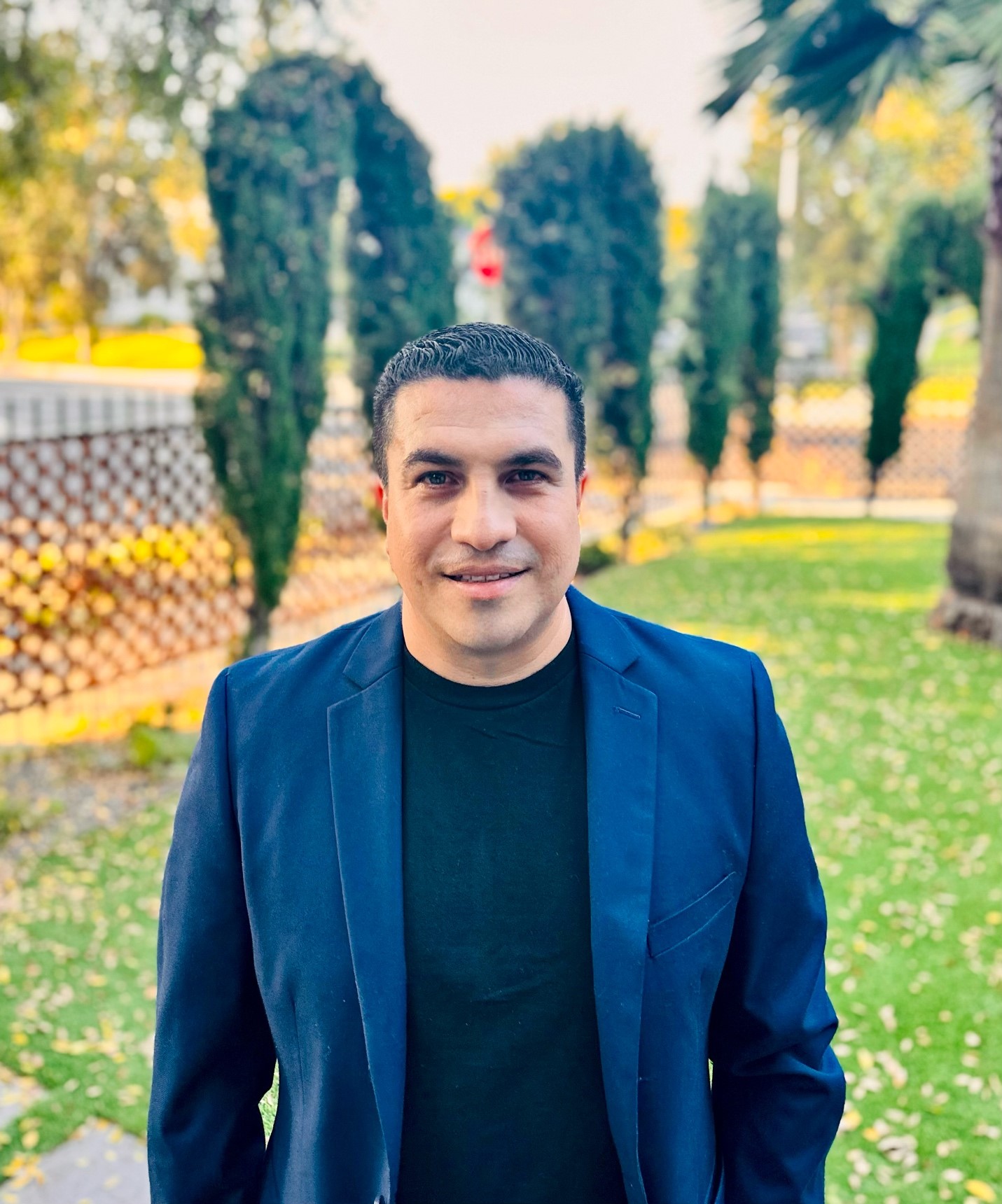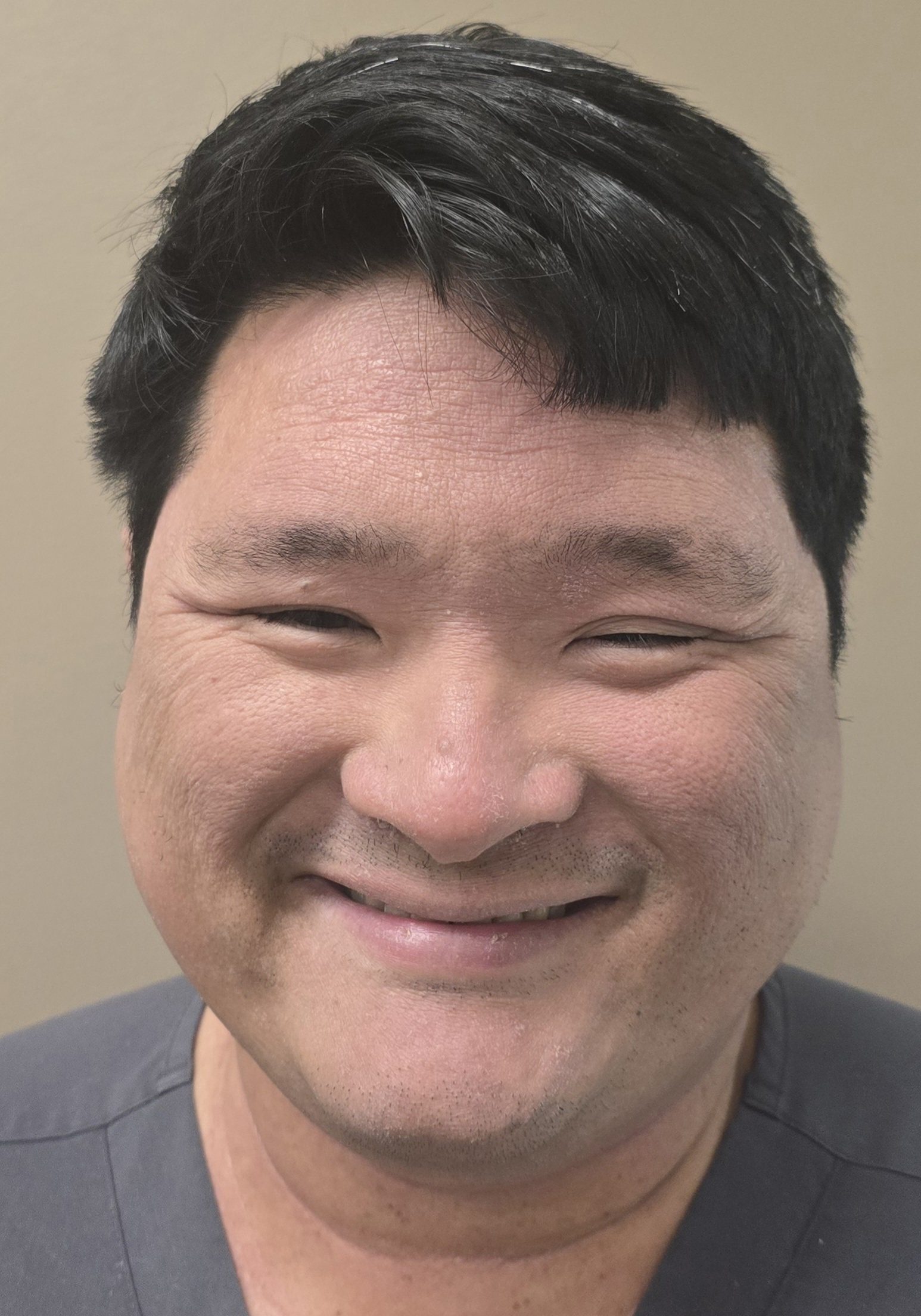About Us
Addressing the Youth Mental Health Crisis:
Our New Approach to Healing and Wellbeing
The Growing Mental Health Crisis
Mental health challenges among youth and families have reached crisis levels, with trauma and grief becoming more prevalent due to a range of social, economic, and environmental stressors.
In Los Angeles County and across California, an increasing number of adolescents are struggling with post-traumatic stress, depression, anxiety, and suicidal ideation. Traumatic stress disorders are complex, and below are factors that are playing a major role in the crisis:
- The Long-term effects of COVID-19, associated loss, social isolation, economic hardship, long COVID syndrome.
- Violence, Disparities and injustices, disproportionately affecting minority communities.
- Disasters, such as Los Angeles wildfires, have caused widespread trauma and displacement.
According to recent studies, nearly one in five adults in Los Angeles County reported needing mental health services, yet many still lack access to appropriate care. Youth, in particular, are at risk since early traumatic stress can have lifelong consequences on their emotional, social, physical and medical wellbeing. The need for immediate, accessible, and effective mental health support has never been greater.
Our Innovative and Comprehensive Approach:
The Grief-Enhanced Trauma-Informed Care Process Model
We are implementing a groundbreaking model to address this crisis in North Los Angeles County: The Grief-Enhanced Trauma-Informed Care Process Model (GTC). This unique, evidence-based framework goes beyond traditional traumatic stress care by integrating a specialized focus on multidimensional theory of traumatic stress & grief, positive biopsychosocial characteristics, social interaction and engagement, repertoire, and wellbeing.
What Sets the GTC Model Apart?
The mind and body are deeply connected, and traumatic stress & maladaptive bereavement have measurable psychiatric and biological effects. Dysregulation of vascular markers is a key aspect of the psychophysiological response, driven by the interaction between the nervous, endocrine, and immune systems. Actigraphy, polysomnography (PSG), Electroencephalography (EEG) and event-related potentials (ERPs) are critical tools for identifying neurophysiological alterations underlying traumatic stress disorders. Functional movement abnormalities in traumatic stress are manifestations of altered neural, muscular, and behavioral processes. These movement changes result from dysregulation in neural circuits governing motor control, autonomic responses, and somatic adaptations. Changes involve psychoneuroimmunology inflammation, endothelial dysfunction, oxidative stress and autonomic nervous system impairment, atherosclerosis, persistent neuro-inflammation, development and progress of traumatic stress disorders and poor clinical outcomes. In addition, self-regulation flexibility is the ability to adapt thoughts, emotions, and behaviors to life’s challenges, which is key to maintaining a Positive Biopsychosocial Profile (PBP) – a balance of good physical health, mental well-being, and strong social connections. When individuals can manage stress, stay emotionally resilient, and make healthy choices, they reduce strain on the body, strengthen relationships, and boost overall well-being.
Unlike conventional models that primarily assess trauma and PTSD symptoms, the GTC Model takes a holistic approach by evaluating six key aspects of a young person’s mental health and overall functioning:
- PTSD Symptoms – Understanding the presence and severity of traumatic stress symptoms.
- Bereavement Symptoms – Recognizing the presence and severity of maladaptive bereavement.
- Functional Level Impairment – Measuring the impact of traumatic stress/maladaptive bereavement on activities of daily life with self, peers, family, school, and relationships.
- Self-Regulation Flexibility – Assessing the adaptive coping skills, positive biopsychosocial characteristics and adaptabilities in response to stress.
- Psychosocial Characteristics – Examining the impact of optimal social interactions and high-quality connectedness in bouncing back from traumatic stress.
- Socioeconomic Repertoire – Measuring individuals’ access to and limitations to care, a system in place for care, and thriving in the community in youth with traumatic stress.
Through this comprehensive assessment, we provide a personalized roadmap for recovery, ensuring that youth and their families receive the care they need based on their specific challenges and strengths. Our model is designed to not only treat symptoms but also prevent them from developing with a focus on prevention and preparedness. We emphasize social and community support as well as building resilience and long-term well-being to help youth and families navigate the challenges of trauma, stress, grief and adversity.
Key Components of Our Model:
- Early Identification and Screening – Using universal screening tools, we assess mental health concerns before they become crises.
- Tailored Intervention Strategies – Each individual receives a customized care plan based on their specific needs and symptoms.
- Family and Community Support – Recognizing that healing happens within families and communities, we provide family-centered interventions and resources.
- Grief Enhanced Trauma Informed Interventions and Programs– Our evidence-based interventions include Trauma and Grief Component Therapy for Adolescents (TGCTA), Safe Alternatives for Teens and Youths-Acute (SAFETY-A), and Reminder-Focused Positive Psychiatry (RFPP).
- Continued Monitoring and Support – We believe in long-term care, with follow-up assessments to track progress and adjust treatment as needed.
By implementing this approach and care model, we are not just addressing the immediate needs of those experiencing trauma—we are preparing youth and families for future challenges by building resilience, self-compassion, and coping skills.
The Importance and Impact of Early Intervention
Research shows that early intervention can significantly improve mental health outcomes, reducing the long-term effects of trauma and grief. Our approach ensures that:
- Youth receive timely and appropriate mental health care, preventing worsening conditions.
- Families are equipped with the tools to support their children’s emotional well-being.
- Hospitals/clinics, schools, and community organizations become trauma-informed environments, fostering healing and resilience.
- The broader community gains awareness and resources to break the stigma surrounding mental health.
Community and Collaborative Effort
We believe that mental health is our collective community responsibility. Whether you are a parent, educator, healthcare provider, or community leader, you can play a role in ensuring that youth have access to the care and resources they need.
- For Families: Learn about trauma-informed care and seek support for your loved ones.
- For Educators & Community Leaders: Promote mental health awareness in schools and local programs
- For Healthcare Providers: Integrate trauma and grief screening tools into your practice.
- For Everyone: Advocate for better mental health policies and support local mental health initiatives.
The mental health crisis among youth and families is urgent, but with the right care, support, and community collaboration, healing is possible. Our innovative and holistic Grief-Enhanced Trauma-Informed Care Process Model is paving the way for a new, more effective approach to mental health treatment. Together, we can build a future where every young person has access to the mental health care they deserve.









